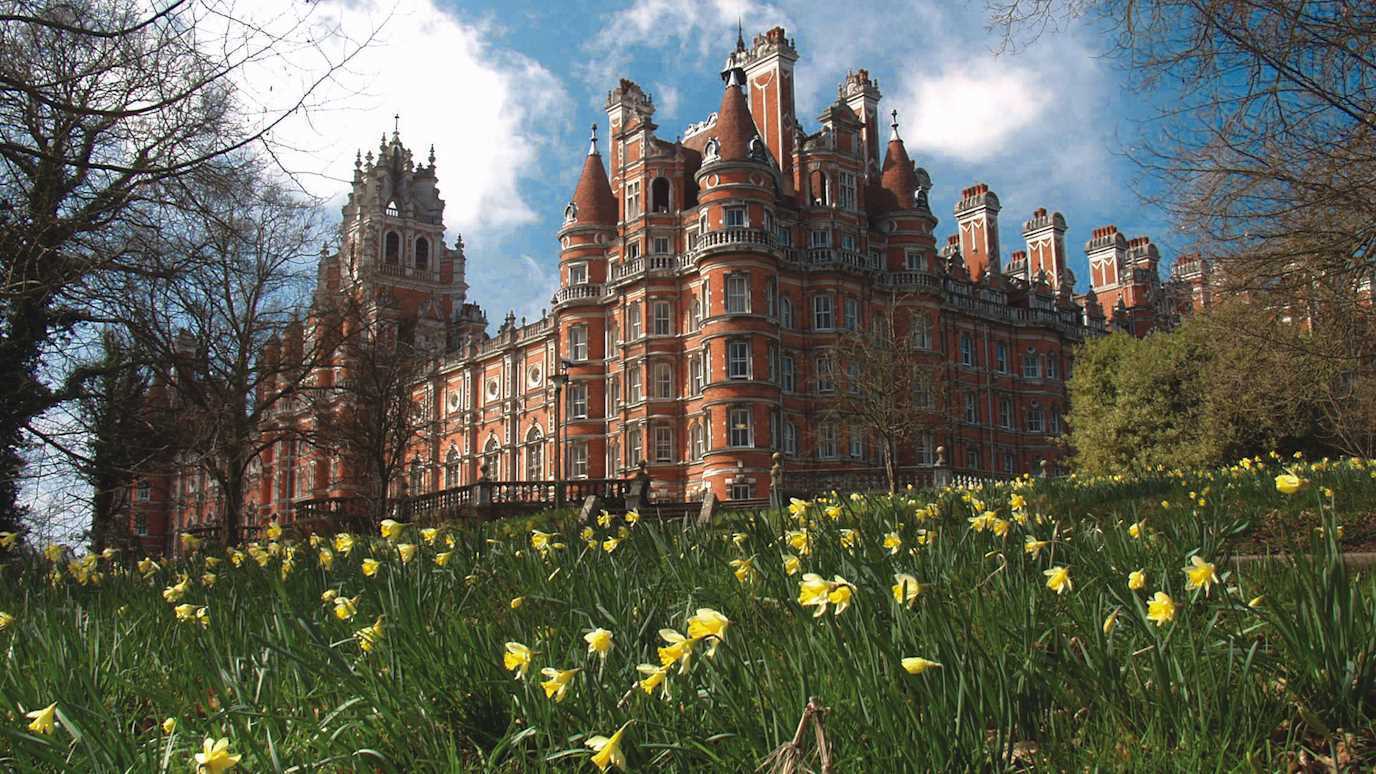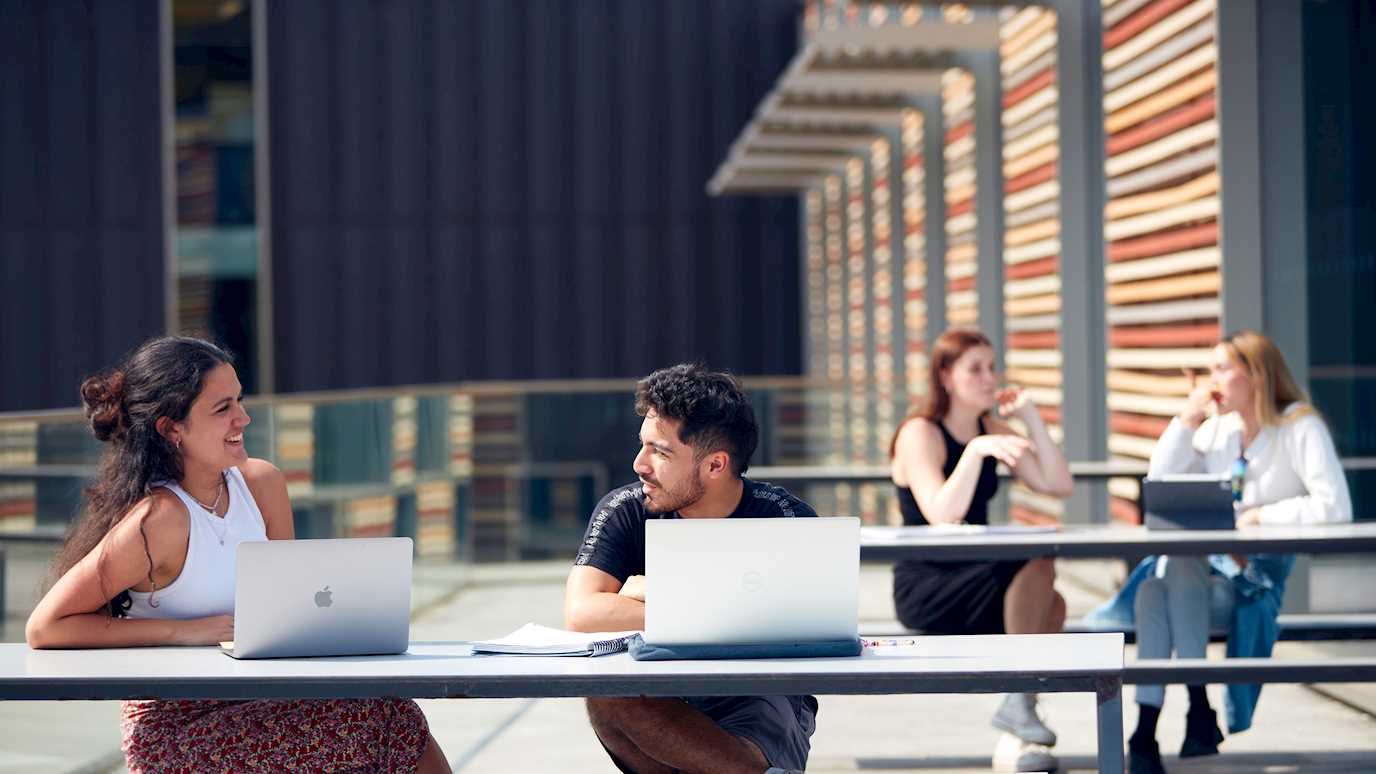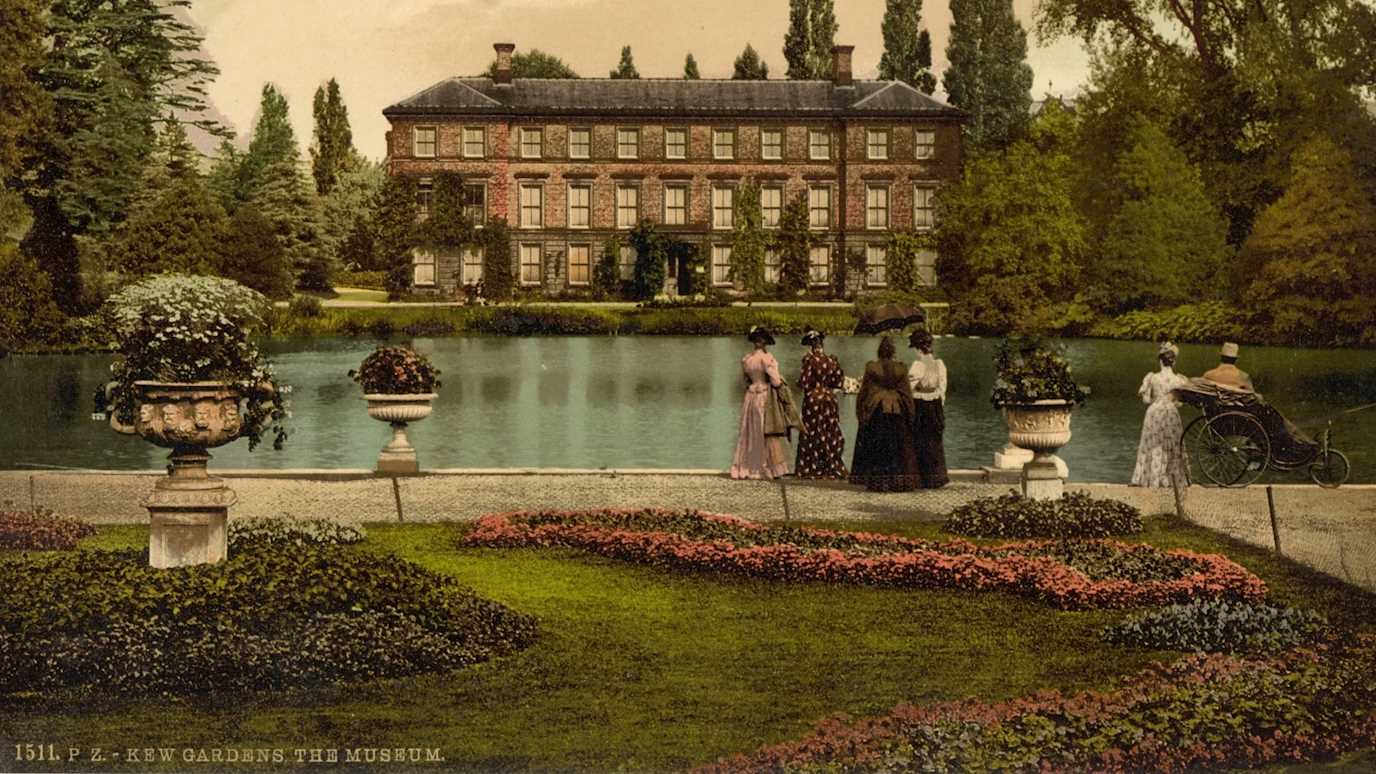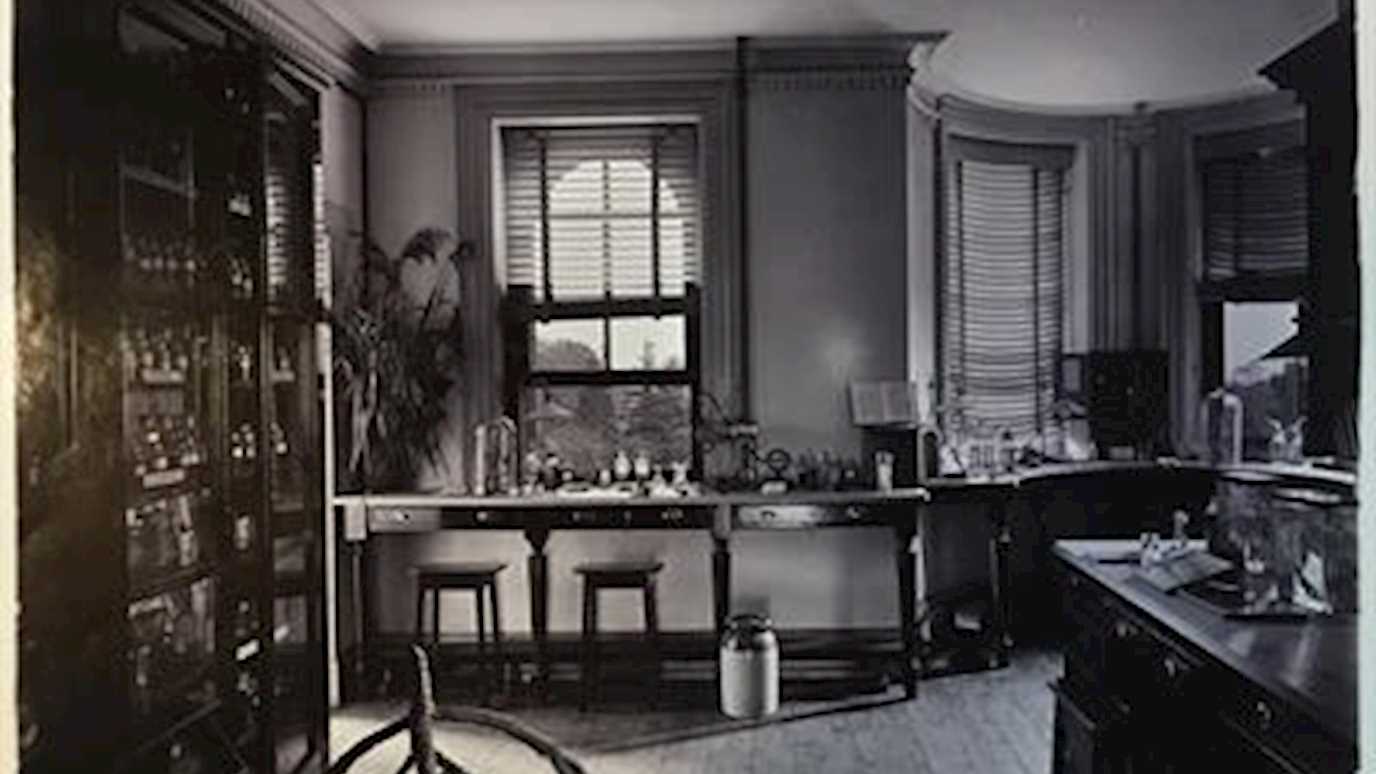Posted on 09/10/2019 By Laura Newman
A key component of my work on the project has been to uncover the history of how Kew brought plants into classrooms. In our research, we found that over 20,000 plant-based specimens made their way into at least 651 British and Irish schools between 1877 and 1982. Many of these schools still exist today, including Wilberforce Primary School in Queen’s Park, North-West London. When Wilberforce indicated its interest in joining the Project’s learning strand, we were delighted at the prospect of reanimating a plant-based partnership between Kew and the school, which dates back to the 1890s. Researchers from the Mobile Museum team, and staff from Kew’s Learning department, ran a year-long programme of workshops and training events, culminating in the opening of a temporary school museum.

Textile exhibited in Wilberforce school museum of plants and cultures, July 2019
On the 1st July 2019, our team had the privilege of attending the opening of Wilberforce’s museum. Pupils acted as tour guides, showing us the collections they had sourced themselves, from their families and the community. Objects included bamboo toothbrushes, cricket balls, shirts, and tea sets. The pupils and teachers who acted as curators did a wonderful job of using these objects to tell rich and complex stories about the role plants play in cultures across the world, looking at themes such as sustainability, faith, and leisure.
At the time of its opening in 1887, Wilberforce was a Church of England school with 32 pupils in attendance – by 2018, this number had increased to 191. The school was originally staffed by Anglican Sisters of Charity nuns and affiliated with both the Church Extension Association and the Community of the Sisters of the Church. Founded in 1870, the Community of the Sisters of the Church was headed by Emily Ayckbowm (1836-1900), an Anglican nun and active educationalist who was involved in establishing a number of philanthropic and educational institutions in Kilburn, and who also established schools in to Australia, Canada, and India
Ayckbowm was keen for members of her Order to adopt child-friendly ways of teaching, instructing them to use games, music, and story-telling so as not to ‘[stultify] the intellect and the imagination’ of their young charges.[1] Her educational ideas were quickly put into practice at Wilberforce. In 1888, the year after its opening, Wilberforce installed its first museum cupboard. This may have been used to house many of the plant specimens regularly used in object lessons for infants in the school: as a Wilberforce pupil at this time, you could expect to receive lessons on plant materials such as oats, tea, sugar, coffee, mustard, cotton, and cocoa.[2]
Victorian schools often conjure up images of cold, unimaginative classrooms headed by harsh, conservative disciplinarians. However, there are more similarities between them and the classrooms of today than one might expect. At Wilberforce, school trips in the late nineteenth century introduced children to novel experiences that complemented classroom lessons just as they do now. In 1895 the school took its first trip to London Zoo, and Sister Chambers wrote that her pupils ‘enjoyed it very much as very few of [them] had seen the Gardens before. We saw as many birds as possible for the lower standard children who are taking “birds”’.[3] 124 years later, a trip to Nethercott House in Devon for a Forest School saw Wilberforce pupils getting first-hand experience of chickens.
Moving on from birds to botany, records show that in 1893 Wilberforce received around 40 specimens from Kew – including coffee from Honduras, annatto seeds from Nigeria, muskmelon from India, and mangrove bark from Jamaica. The headmistress Sister Agneta (Agnes Ellen Chambers) seems to have been pleased with their gift of ‘foreign vegetable productions from Kew’, which she described as ‘all very nice’.[4] These kinds of objects, as I have discussed in a previous blog, were a key tool in instructing Victorian children about their place as imperial citizens. The school museum created by Wilberforce pupils in 2019 was just as international in scope, but reflected instead the conscious effort by the school to recognise and celebrate the multicultural backgrounds of its pupils. Whilst at the opening, I spied objects from places such as Sri Lanka, the Philippines, and Morocco, and got to hear pupils discuss their heritage through these plant-based objects.
As the Mobile Museum project draws to a close, the example of Wilberforce serves to encapsulate the ways in which Kew’s educational mission has evolved since the late nineteenth century. Nowadays, for example, Kew has a dedicated Learning Department that hosts school visits to Kew by many thousands of primary pupils. It has also recently released Endeavour, a free online learning platform for schools. Following the success of our work with Wilberforce, together with a similar project at St. Monica’s in Hoxton, we hope to see more school museums take root once more. To help this, our team have published a free guide on how to set up one of your own. So whilst the tools, methods, and attitudes behind teaching have moved on from the 1890s, these projects in Wilberforce and St Monica's have demonstrated how botanical museums can adapt to the contemporary classroom.
[1] Quoted in Douglas G.S. Ethell, ‘The Community of The Sisters Of The Church: An Exploration of their Foundations and their Early Struggles Following their Arrival in Australia in 1892’ (MA Dissertation, University of Tasmania: 1994), pp. 23-24.
[2] Wilberforce Road Log Book Vol. 1, pp. 155-157, London Metropolitan Archives, LCC/EO/DIV02/WIL/LB/004 V.
[3] Wilberforce Road Log Book., Entry for 19th November 1895, p. 127
[4] Wilberforce Road Log Book, Entry for 17th March 1893, p. 71
























